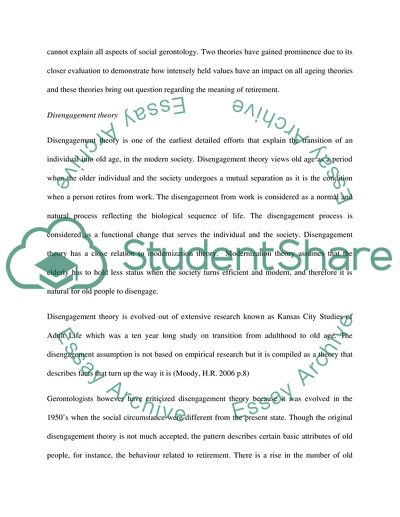Cite this document
(Transitions in Adulthood - Retirement from Work Research Paper, n.d.)
Transitions in Adulthood - Retirement from Work Research Paper. Retrieved from https://studentshare.org/psychology/1726533-transitions-in-adulthood
Transitions in Adulthood - Retirement from Work Research Paper. Retrieved from https://studentshare.org/psychology/1726533-transitions-in-adulthood
(Transitions in Adulthood - Retirement from Work Research Paper)
Transitions in Adulthood - Retirement from Work Research Paper. https://studentshare.org/psychology/1726533-transitions-in-adulthood.
Transitions in Adulthood - Retirement from Work Research Paper. https://studentshare.org/psychology/1726533-transitions-in-adulthood.
“Transitions in Adulthood - Retirement from Work Research Paper”, n.d. https://studentshare.org/psychology/1726533-transitions-in-adulthood.


